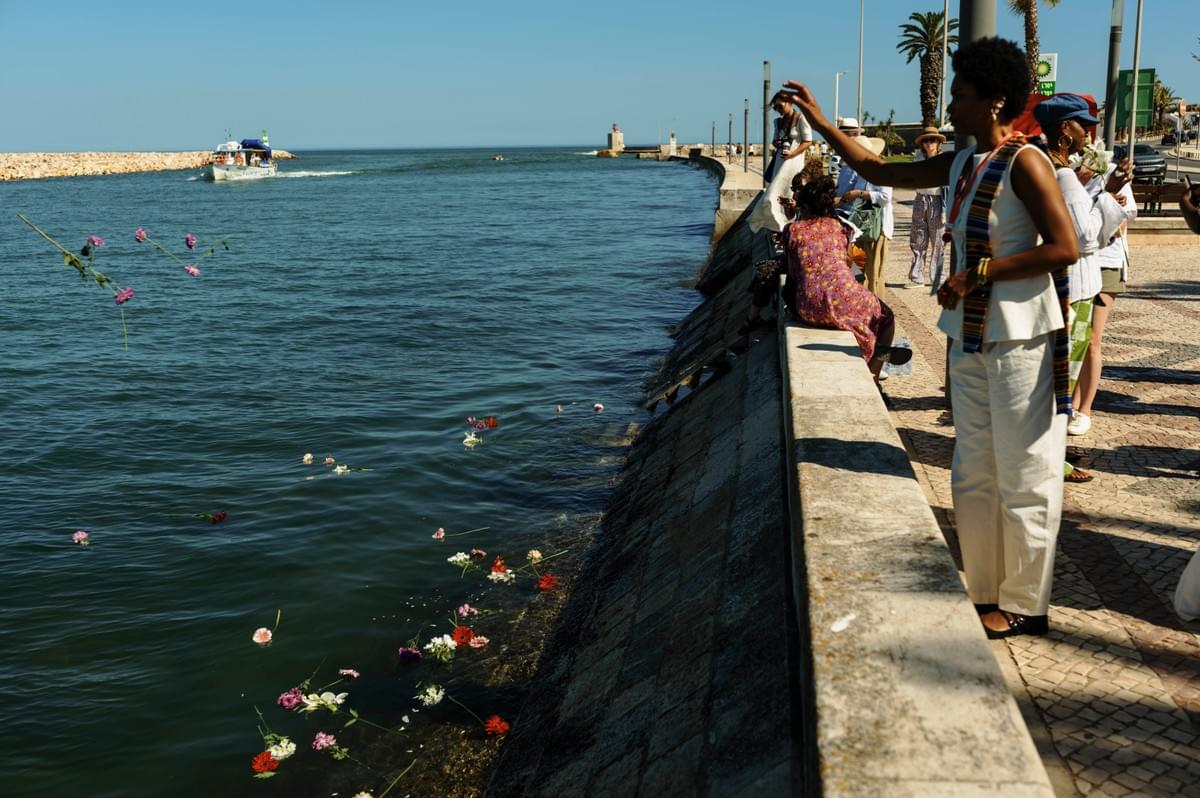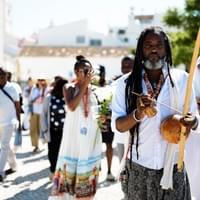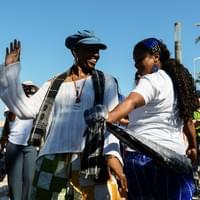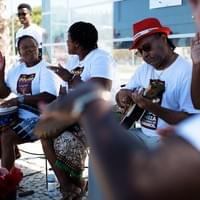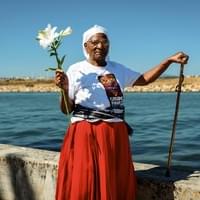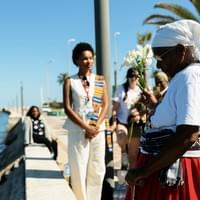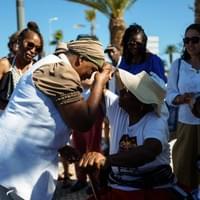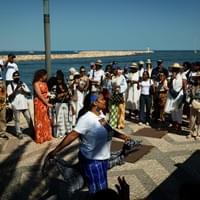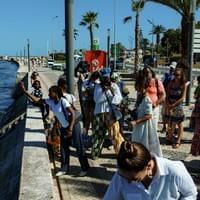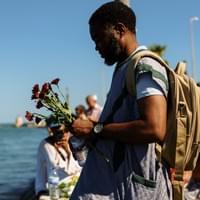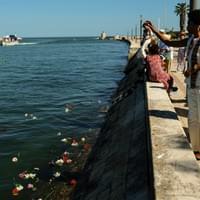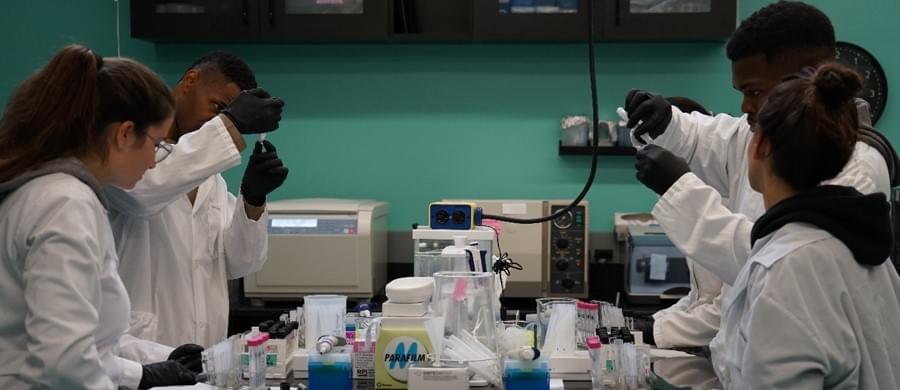
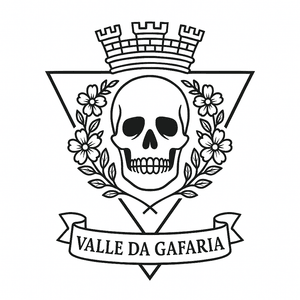
Valle da Gafaria, Lagos, Portugal
The worlds oldest mass burial site
associated with the eraly Atlantic slave trade
This website brings together all infomation about the site and seeks to not only infom the public,
but also bring together an international community who cares about who these people were and
how they shall be remembered today.
Please join us!
photo by National Geographic/José Sarmento de Matos
THE SITE
Valle da Gafaria, an archeological site discovered in 2009 in Lagos (southern Portugal), is the oldest known site
containing the skeletal remains of victims of the Atlantic slave trade. It is also the only mass burial site associated with
the transatlantic slave trade known in entire Europe.
In the 15th century, at least 158 men, women and children of sub-Saharan African origin had been discarded in the urban waste deposit right outside of the Lagos city wall. The site now is covered by a public parking garage and a mini-golf course.

The discovery - 2009
The site, a late medieval garbage deposit, was discovered during excavations for a new underground car park in downtown Lagos, right outside the old city wall.
Soon, the archeologists on site realized they were uncovering an unparalleled mass burial of non-European individuals associated with Portugal's early slave trade. To date, no single mass burial site of enslaved sub-Saharan Africans has ever been discovered anywhere else in Europe. The site of "Valle da Gafaria" is the oldest burial site associated with the Atlantic slave trade ever discovered, worldwide.
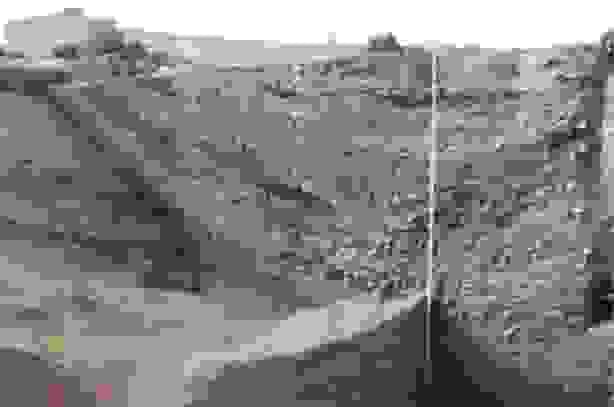
The excavation - 2009
The site was excavated by the Coimbra based Cultural Heritage consultancy company DRYAS, with support of biological anthropologists from the Anthropology Department at the University of Coimbra. They uncovered the skeletal remains of 158 African individuals, as well as several burials of local people associated with a nearby leprosarium. The human remains were brought to Coimbra where they are stored at a facility operated by DRYAS and are under continued research at the University of Coimbra.
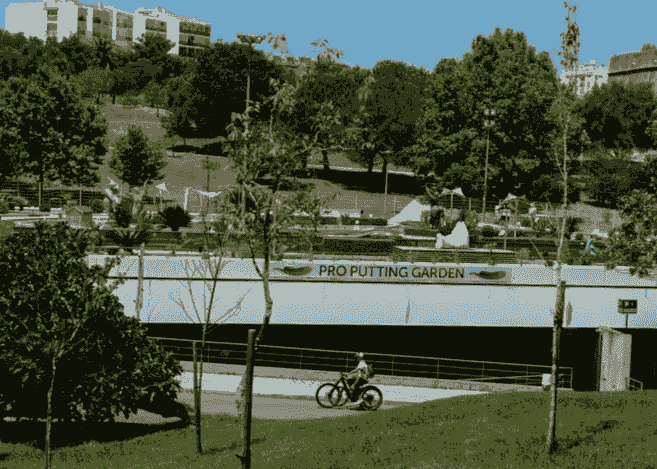
The cover-up starts
The Lagos City Council signed a document with UNESCO, agreeing to create a Slavery Museum in the old Customs Building downtown, and a memorial at the burial site. However, the city moved on with the construction of the parking garage, which opened in July 2010. In 2014, the city allowed the construction of a mini-golf course on the roof of the new parking structure.
A brass plaque was mounted at the parking garage entrance, which explained the excavation of the leprosarium structure and mentioned in one brutal sentence that "remains with negroid features" were also found...
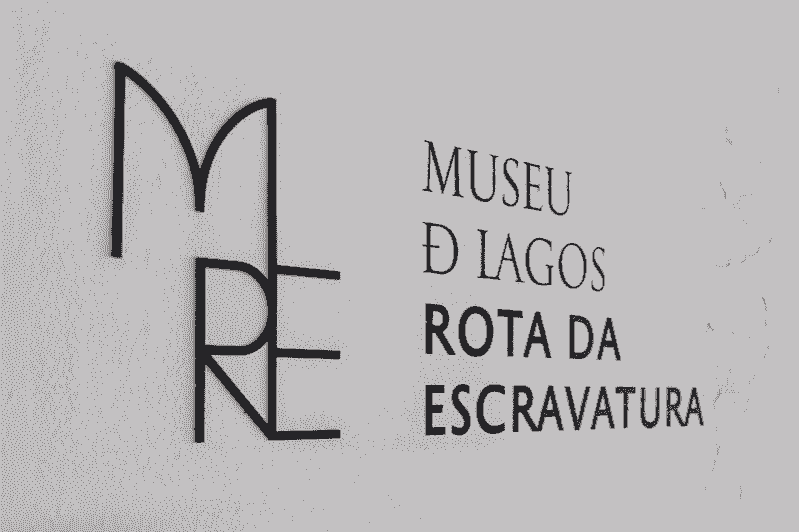
The cover-up goes on&on
"Initially, the memorial, the museum, and a center for studies on slavery were planned," said Castro Henriques (representative of the UNESCO Slave Route Project), cited in Expresso in 2015. Soon after, the new "Slave Market" museum was established, but it barely mentions the site of Valle da Gafaria and its importance.
No memorial has been proposed or built to date.
The brass plaque at the garage was taken down in late 2024/early 2025, in response to the film "Tales of Oblivion", which pointed out its racist and violent language.
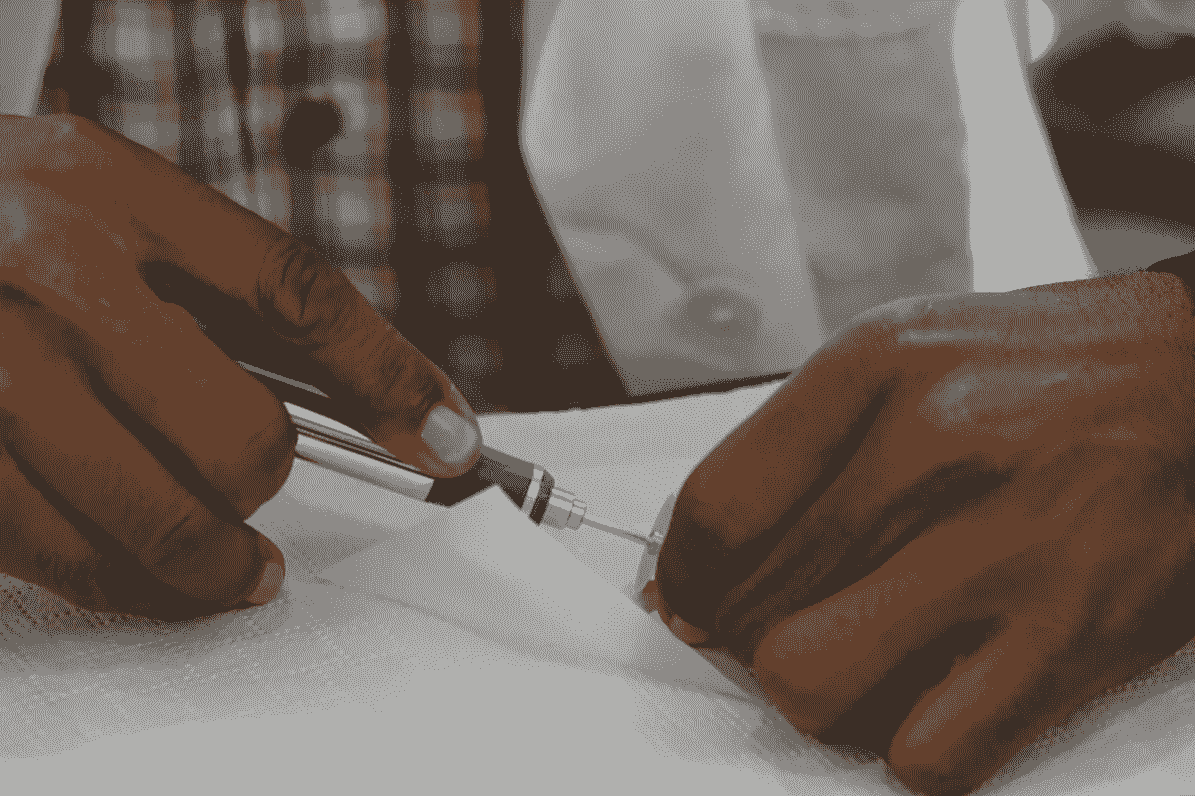
Subjects to research
Since they had been transported to Coimbra, the human remains discovered at Valle da Gafaria have been under continuous study. First research described the site and it's unique context, as well as some preliminary genetic data which confirmed the African ancestry of the Lagos Ancestors (Martiniano et al. 2014). Another study described the intentional dental modifications many of the Lagos Ancestors have on their teeth (Wasterlain et al. 2016). Later, studies focused on the poor physical health of the Lagos Ancestors, which manifests in many ways in their skeletons, particularly in the children. Newest work uses isotope analysis to identify the African regions they had been kidnapped from (see CURRENT RESEARCH). You can find the titles and direct links to all scientific publications on Valle da Gafaria under the tab PAST RESEARCH.
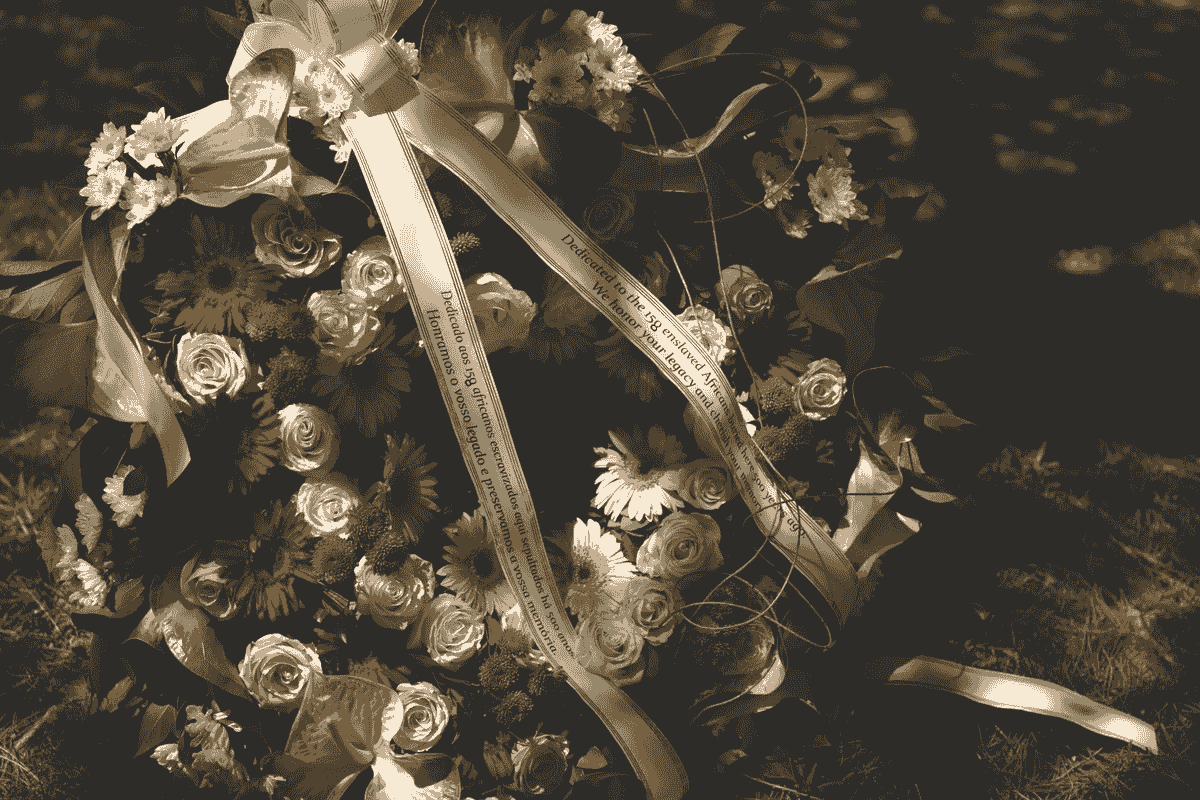
Future memorial site?
According to a 2022 article, the City of Lagos is planning a memorial for the people found at Valle da Gafaria. Archaeologist and City Council Member Dr. E. Morán is cited stating "...but I hope that next year, a clearer project can be defined, and that the construction of this memorial will swiftly be completed…Furthermore, the matter of the memorial is one that everyone agrees on. [...]
As such, there is no one saying that it shouldn’t be built, or even a voice against it".However, to our knowledge, no one from the African Diaspora or Afro-descendant communities in Portugal has been consulted about specific monument plans or about a strategy for determining the monument’s location and design.
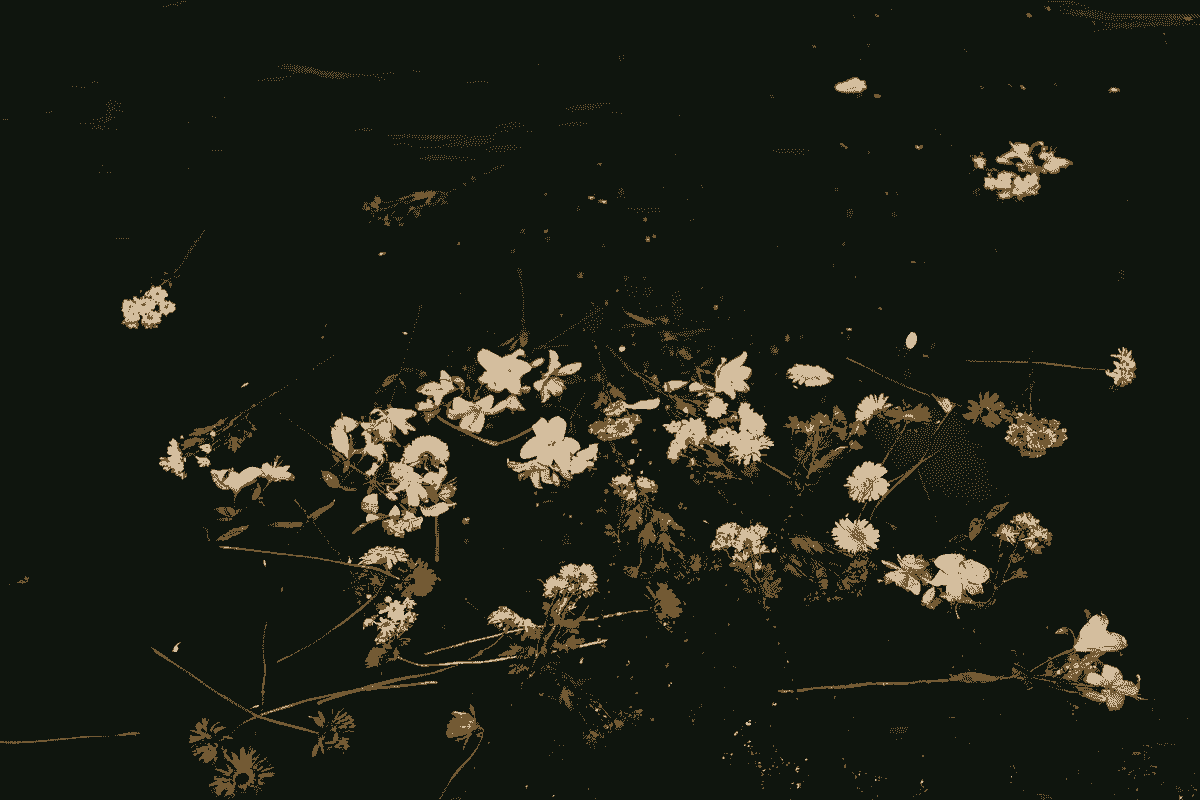
Future repatriaton?
More than 15 years after its discovery, the site of Valle da Gafaria remains largely invisible, despite its relevance to world history. But what about the human remains found there? What is happening to them? This is a question frequently raised by concerned community members. So far, the Ancestors are the focus of ongoing scientific research. One alternative would be to rebury the remains in the public park adjacent to the site, where they were discarded almost 400 years ago. Another way to honor these Ancestors would be to repatriate them to their native regions in West and west-central Africa. This would be a substantial undertaking, but new scientific techniques can provide information on each individual’s most likely region of origin in Africa.
Past and Forthcoming
Outreach Events Around Valle da Gafaria

Contos do Esquecimento
(Tales of Oblivion)
film screening and public debate with director Dulce Fernandes and other invited guests
in Lagos
Paços do Concelho Século XXI
November 29th, 2025

we are planning the
next Ancestor Tribute Events for July 2026
in downtown Lisbon
and downtown Lagos
The Ancestor Tribute Collective will dedicate their annual Ancestor Tribute in Lisbon to the Lagos Ancestors found at the site of Valle da Gafaria. And we will organize another cermony in Lagos itself too, hoping to particularly reach more community members along the Algarve. We will update this website with any news we have ragrding these two events.
Please also subscribe below to receive email notfications about these events!
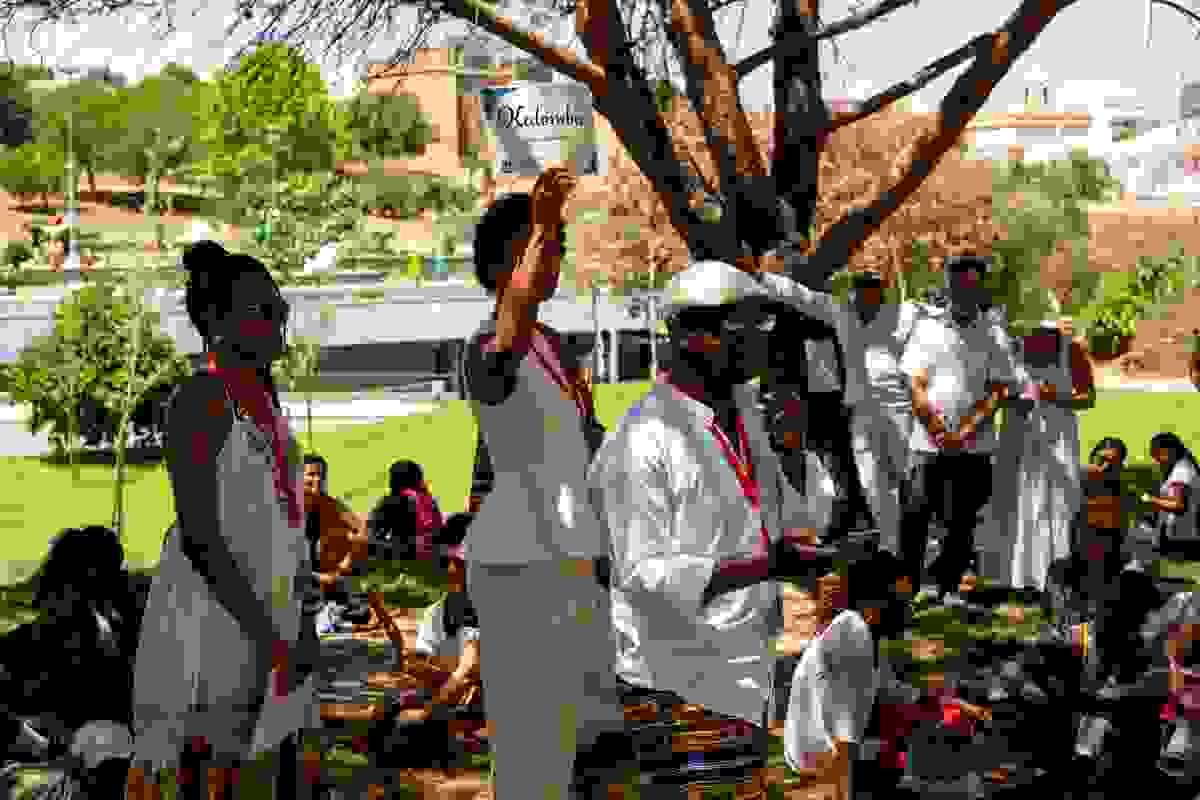
Ancestor Tribute Event - July 26th 2025
in downtown Lagos
This event was co-organized by the Coletivo Tributo aos Ancestrais PT (Ancestors Tribute Collective, Portugal) and National Geographic Explorer Dr. Vicky Oelze as part of the bi-annual Society of Africanist Archaeologists (SAfA) conference. It aimed to commemorate the enslaved Africans whose skeletal remains were discovered and excavated from the archaeological site of Valle da Gafaria, while also raising awareness about Portugal's significant role in the transatlantic slave trade.
The event began with speeches and a naming ceremony at the parking garage that now covers the archaeological site, followed by a spontaneous procession through the garage accompanied by Berimbau music and a collective moment of silence as the community laid down a wreath of flowers. The more than 100 international participants then moved to the Lagos waterfront for a final Ancestor Tribute Ritual (see below).
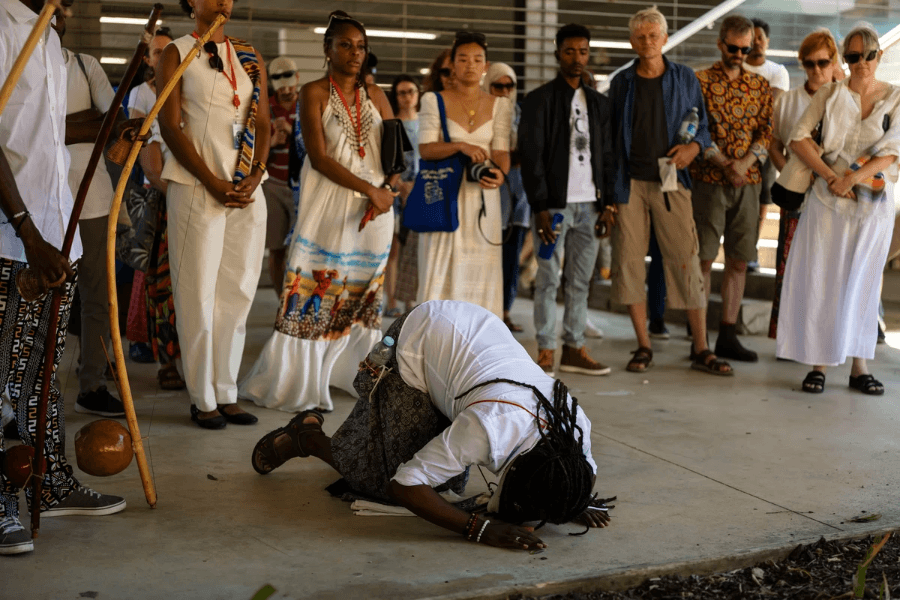
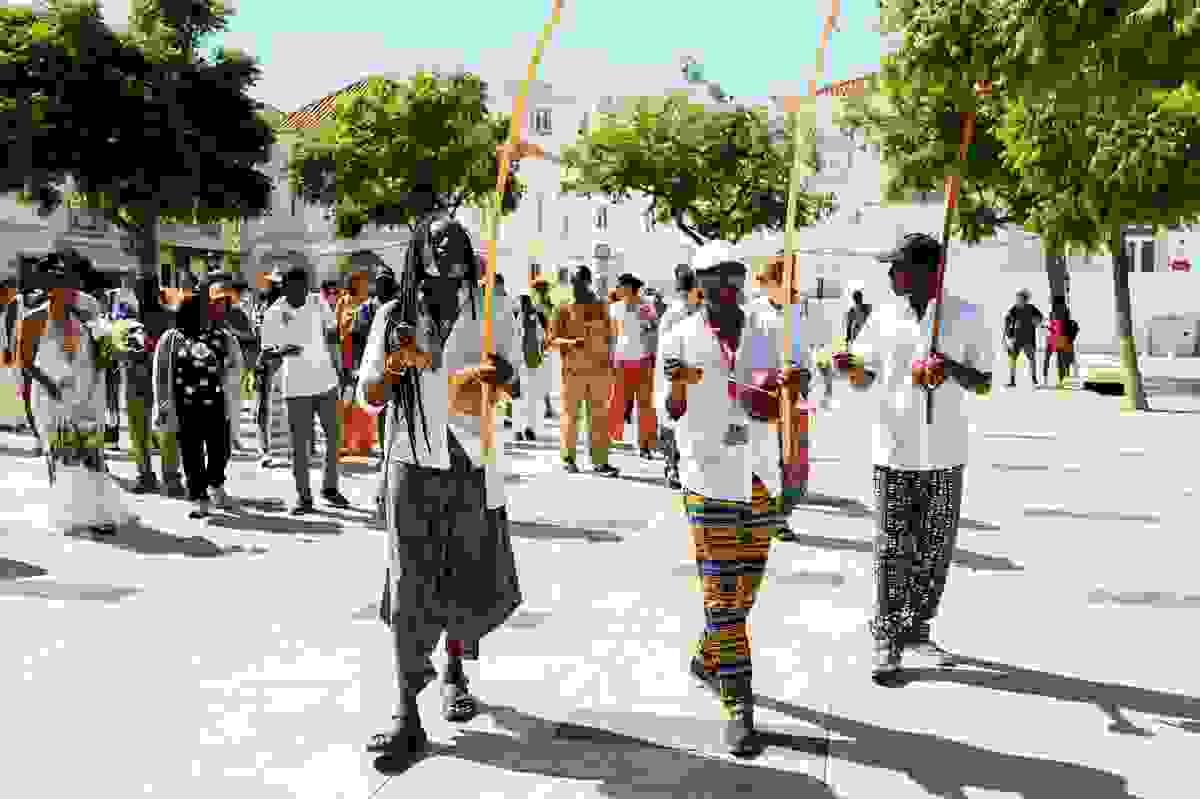
(..continued...)
Crossing the area which is recognized as the location of Europe’s oldest slave market linked to the Atlantic slave trade, the group proceeded in a procession behind the Berimbau musicians toward the Lagos waterfront where they were welcomed with music and dance by the Grupo Firmeza Batucadeiras de Almancil. What followed was a powerful ceremony in which all participants offered water and flowers to the Ancestors, guided by Dona “Aiam” Belmira, a respected elder of the local Batucadeira group.
All pictures below were taking by José Sarmento de Matos on behalf of the National Geographic Society, which supported different aspects of the event.
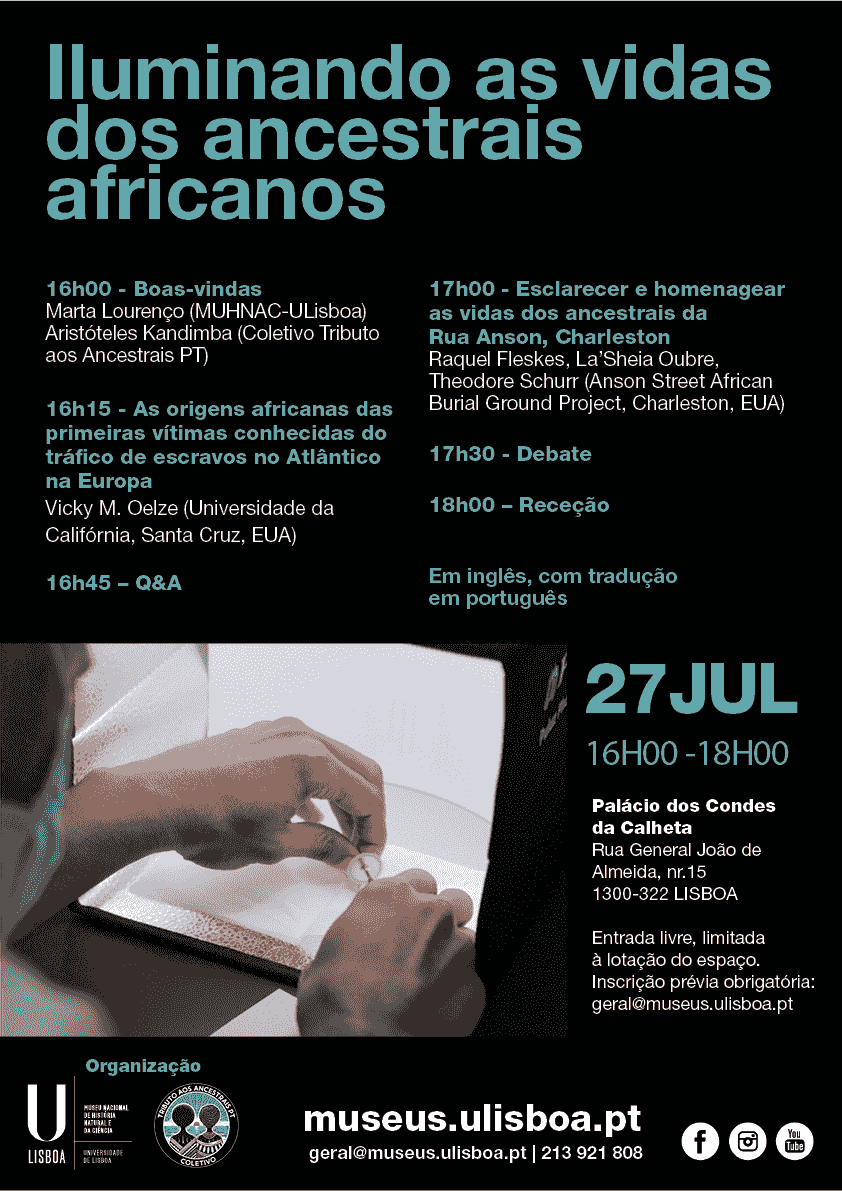
Public community outreach event - July 27th 2025
Palácio dos Condes da Calheta, Lisbon
"Illuminating the Lives of African Ancestors"
with presentations by Vicky M. Oelze (University of California at Santa Cruz, USA) and by Raquel Fleskes, LaSheia Oubré and Theodore Schurr (Anson Street African Burial Ground Project, Charleston, USA)
This event was hosted and organized by
Marta Lourenço
(Museu Nacional de História Natural e da Ciência, MUHNAC)
and
Aristoteles Kandimba (Coletivo Tributo aos Ancestrais PT)
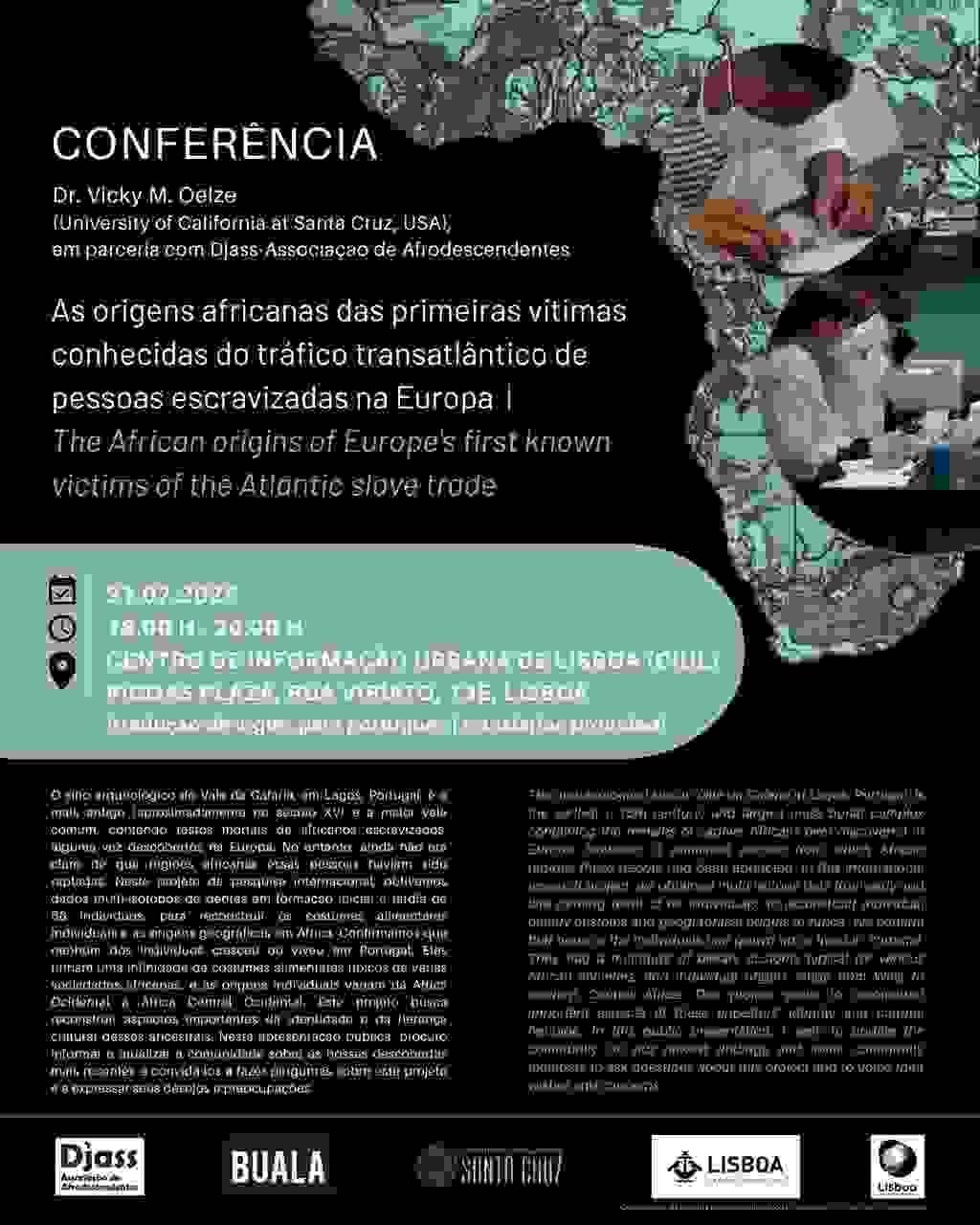
Public community outreach event - July 21st 2025
downtown Lisbon, CIUL
"The African Origins of Europs's first
known victims of the Atlantic slave trade"
presentation by Dr. Vicky M. Oelze
(University of Califonia, Santa Cruz, USA)
organized and hosted by
Djass - Associação de Afrodescendentes
with a conribution by the
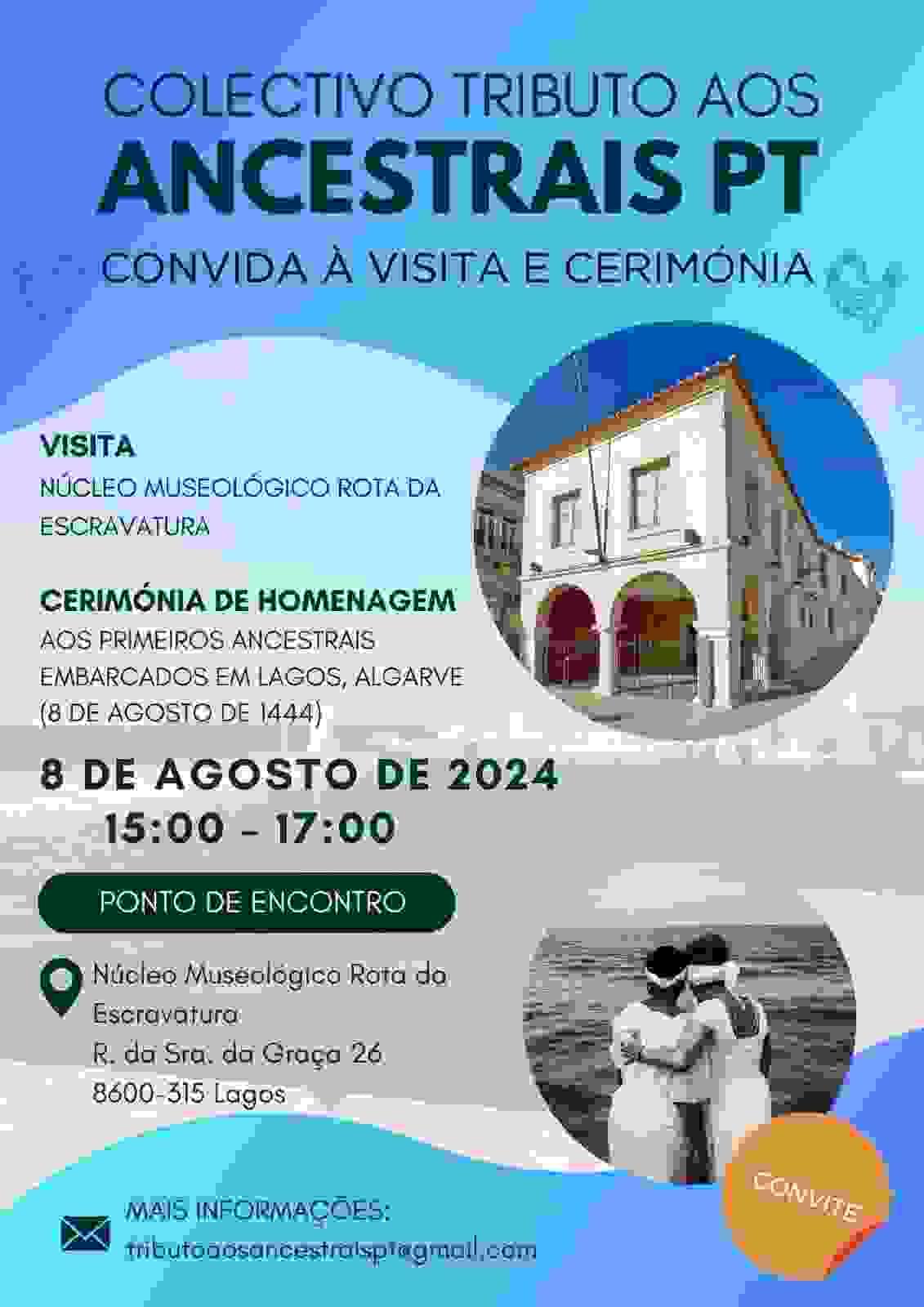
Ancestor Tribute Ceremony - August 8th 2024
downtown Lagos
organized and conducted by the Ancestor Tribute Collective
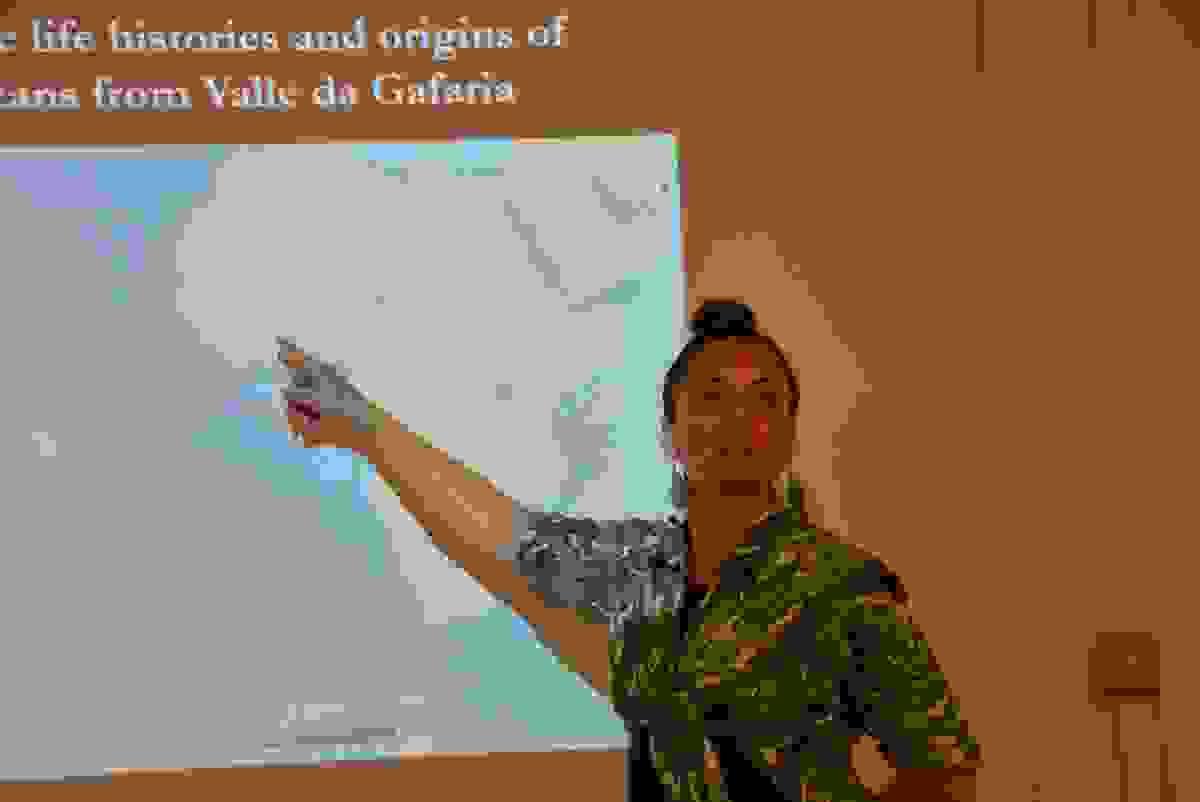
Public community outreach event - June 25th 2022
at FSCH NOVA, Lisbon
Enslaved Life Histories: agradecemos a Dra. Vicky Oelze, da Universidade de Santa Cruz (Califórnia) pelo convite para participar neste projeto de extrema importância, ao Amadu Sabali, do Núcleo de Estudos Africanos e Lusófonos-NOVA, ao Rafael Martins pela entrega e empenho na tradução!
Organiozed by Djass - Associação de Afrodescendentes with support by Núcleo de Estudos Africanos e Lusófonos da NOVA-FCSH
Current research - the origins of the Lagos Ancestors

Enslaved Life Histories Project
The archaeological site of Valle da Gafaria in Lagos is known as the earliest and largest burial site of enslaved Africans ever found in Europe, predating one of the most shameful chapters of Western history, the Transatlantic slave trade. Bioarchaeological evidence obtained from a total of 158 individuals proves they were of African origin and forcefully deported to Lagos in the 15th to 17th centuries. However, the African regions they were abducted from remain unknown. This makes it difficult to connect them with descendant communities today and to assess Portugal’s early collusion in the slave trade.
Multiple stable isotope analysis has the potential to address questions regarding the African origins and dramatic shifts in lifestyles of the individuals discovered at Valle da Gafaria as isotope ratios are incorporated into forming skeletal tissues and can be associated with specific dietary customs (carbon, nitrogen, sulfur), environments (carbon, sulfur), climate/geographic region (oxygen) and geological location (strontium), and hence overall life conditions. Sampling small amounts of dental tissue, which reflect early (1st molar enamel) and later childhood (1st molar root) as well as adolescence (3rd molar enamel) and early adulthood (3rd molar roots), allows us to trace how living conditions changed through a person’s early life.
We measured these isotopes in teeth from the human remains from Valle da Gafaria with an international team of students to reconstruct individual human origins and to document the rapid changes in life conditions as the result of forced migration from West and Central Africa to Portugal. Isotopic similarities between individuals may suggest they are of common origin.
This project is supported by and consulting with members of Djass - Associação de Afrodescendentes to actively include the voices of members of the afro-descendant community in Portugal into this project and the dissemination of our finding
International student engagement
Thanks to generous funding by the National Geographic Society we were able to welcome six incredible international students to the team working on the human remains from Valle da Gafaria, investigating these individuals' life histories and African roots via stable isotope analysis. During summer of 2022, the students learned how to carefully sample human teeth for isotope analysis, how to extract collagen from tooth roots and strontium for tooth enamel and how to prepare all samples for mass spectrometry.
The team working together at UCSC, photo from left to right:
Carina Leirião, Naima Tucker, Ana González Ruiz, Xueye Wang, Toto the dog, Vicky Oelze, Joseph Babatunde Ogunsetire, Luis Sanca, Luiza Báo Sobreira
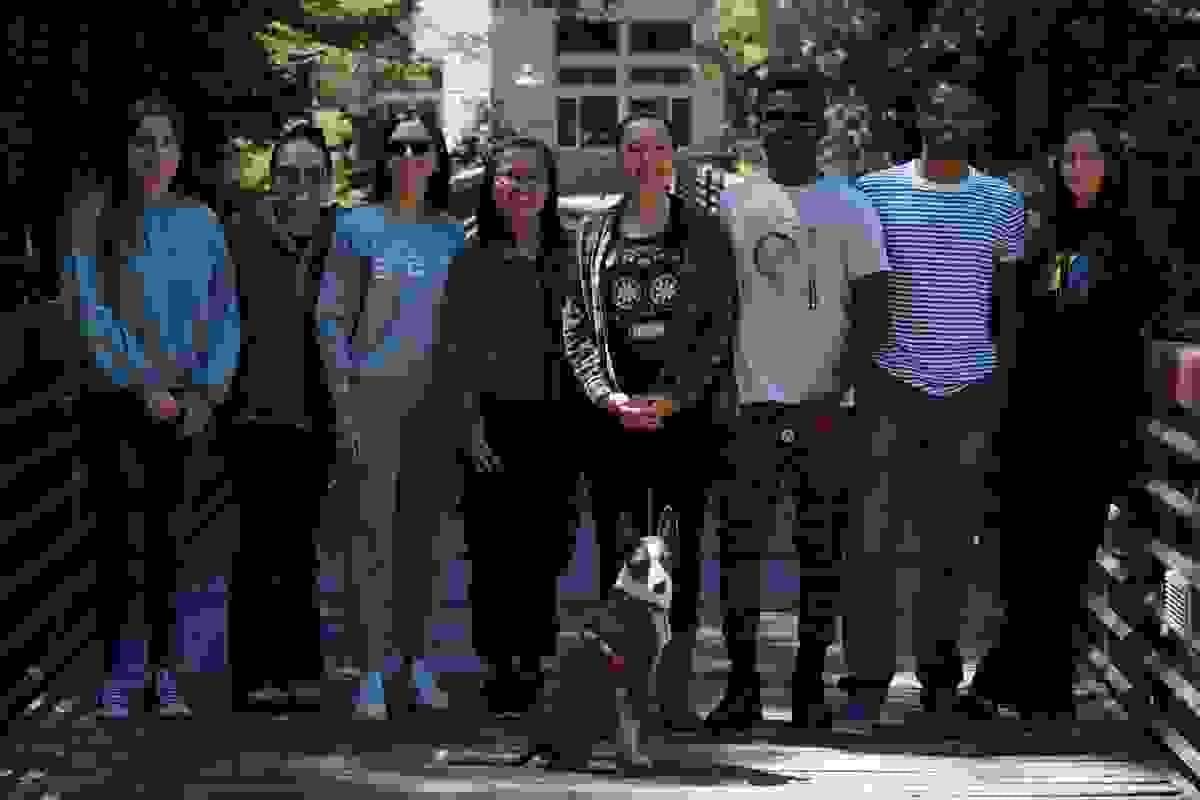
Peer reviewed scientific articles about Valle da Gafaria and the ancestors found there are found here
Research Paperes in Preer Reviewed Journals
Dental disease in a 15th-17th centuries skeletal sample of enslaved Africans (Lagos, Portugal)
(2024) Sofia N. Wasterlain, Ana Isabel Rufino, Maria Teresa Ferreira
A glimpse into the body shape and limb proportions of enslaved Africans from Lagos, Portugal (15th–17th centuries)
(2024) Maria Teresa Ferreira ]=, Catarina Coelho, Sofia N. Wasterlain
African Presence in Portugal: People and Things Within Material, Social, and Power Relations
(2023) Tânia Manuel Casimiro, Francisco Curate & Nathalie Antunes-Ferreira
Bioarchaeological Approaches to African Diasporas in the Twenty-First Century: Intercontinental and Global Legacies of Displacement
(2023) Kristrina A. Shuler & Andreana S. Cunningham
Atypical dental wear in an enslaved individual from Lagos, Portugal
(2022) Sofia N. Wasterlain, Catarina Rodrigues, Maria Teresa Ferreira
Estimating age-at-death in enslaved African individuals from Valle da Gafaria by pulp/tooth area ratio in canines
(2022) Sofia N. Wasterlain, Catarina Rodrigues, Maria Teresa Ferreira
Enamel hypoplasia in African enslaved individuals from Valle da Gafaria, Lagos, Portugal (15th–17th centuries)
(2020) Sofia N. Wasterlain, Ana Isabel Rufino, Liliana M. Caravalho, Maria Teresa Ferreira
Evidences of trauma in adult African enslaved individuals from Valle da Gafaria
(2019) Maria Teresa Ferreira, Catarina Coelho, Sofia N. Wasterlain
Discarded in the trash: Burials of African enslaved individuals in Valle da Gafaria, Lagos, Portugal (15th–17th centuries)
(2019) Maria Teresa Ferreira, Catarina Coelho, Eugenia Cunha, Sofia N. Wasterlain
The impact of social experiences of physical and structural violence on the
growth of African enslaved children recovered from Lagos, Portugal (15th-17th centuries)
(2018) Hugo F.V. Cardoso, L Spake, SN Wasterlain, MT Ferreira
Dental caries and intentional dental modification in a skeletal sample of enslaved Africans from Lagos, Portugal (15th–17th centuries)
(2019) SN Wasterlain, Ana Isabel Rufino, MT Ferreira
Growth faltering in a skeletal sample of enslaved nonadult Africans found at Lagos, Portugal (15th–17th centuries)
(2018) SN Wasterlain, A. Costa, MT Ferreira
Periapical Lesions in Intentionally Modified Teeth in a Skeletal Sample of Enslaved Africans (Lagos, Portugal)
(2017) Ana Isabel Rufino, Maria Teresa Ferreira, Sofia N. Wasterlain
Ancestry Estimation Based on Morphoscopic Traits in a Sample of African Slaves from Lagos, Portugal (15th–17th Centuries)
(2016) C. Coelho, D. Navega, E. Cunha, M. T. Ferreira, S. N. Wasterlain
Dental Modifications in a Skeletal Sample of Enslaved Africans Found at Lagos (Portugal)
(2015) Sopha. N Wasterlain, Maria João Neves, Maria Teresa Ferreira,
AncesTrees: ancestry estimation with randomized decision trees
(2015) David Navega, Catarina Coelho, Ricardo Vicente, Maria Teresa Ferreira, Sofia Wasterlain & Eugénia Cunha
Genetic Evidence of African Slavery at the Beginning of the Trans-Atlantic Slave Trade
(2014) Rui Martiniano, Catarina Coelho, Maria Teresa Ferreira, Maria João Neves, Ron Pinhasi & Daniel G. Bradley
Valle da Gafaria has been covered by media and more since it's discovery, we here gathered all publications at one glance
Media covereage of Valle da Gafraia
July 2025
Publico
August 1st 2025
Website BUALA
(a digital home for multiple voices from Africa, Brazil, Europe, and beyond)
July 3rd, 2025
Expresso
"Archaeologists are questioning the fate of the bones found in Coimbra and want a memorial to be built where visitors can visit the site of this unique discovery in Europe: 158 skeletons of enslaved people on the site of what was, in the 15th century, the largest slave market in Portugal."
see a copy of the article here
Website
Contested Legacies
The Early Atlantic Slave Trade in Portugal: A Digital Archive of Contested Legacies
Please check out their webiste and their contribution about Lagos and Valle da Gafraia here
May 2010
National Geographic
"The slave trade in the history of the Discoveries -
By accident, another piece of Portuguese maritime history was discovered. In Lagos, the 15th-century slave trade became tangible."
by Paulo Rolão
read the full article here
Valle da Gafaria covered in film and other videographic media
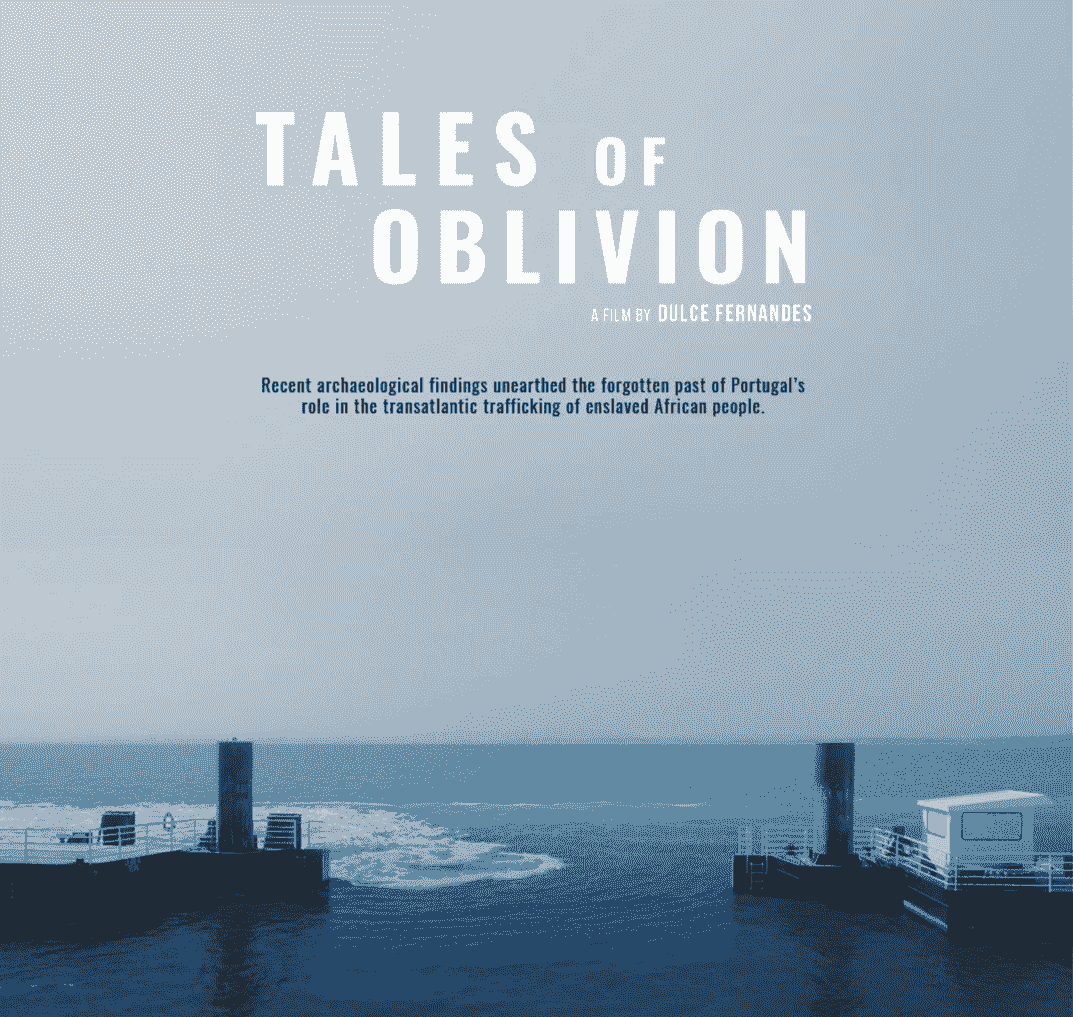
film
TALES OF OBLIVION
The new documentary film "Tales of Oblivion" ("Contos do Esquecimento", theatrical release July 2025, see trailer) by Portuguese director Dulce Fernandes grapples with the discovery of the archeological site of Valle da Gafaria in Lagos, Portugal, which is the only mass burial site containing the remains of enslaved Africans ever discovered in Europe. The film threads tales of violence and brutality from the past with powerful sights and sounds of the present, and confronts the viewer with questions regarding the memorialization of slavery in Portugal generally, and about the dignity of the ancestors who had been discarded in the urban landfill of 15th century Lagos specifically.
website
CONTESTED LEGACIES
The Early Atlantic Slave Trade in Portugal: A Digital Archive of Contested Legacies: on Lagos
This digital archive aims to excavate and document the legacy of the early Atlantic slave trade in Portugal. We deal with sites in which the controversial memory of slavery has materialised in the country and aim to make a contribution to the broader debate over the legacy of colonialism across Europe and the former colonies.
The archive constellates sites of contested memory in two major cities in Portugal still haunted by the memory and afterlife of slavery: Lagos and Lisbon. It juxtaposes hitherto untranslated archival material with audio-visual materials that examine the trade’s continuing legacies. This site is intended to be a permanent work in progress.website
CONTESTED HISTORIES
A Digital Archive of Contested Legacies
https://contestedlegaciesportugal.org/ is a digital archive of contested spaces in Portugal. It indicates sites of contested memory in cities in Portugal still haunted by the afterlife of slavery. The aim is to promote broader public engagement with the contested legacies of the slave trade in Portugal. This resource is also intended to enrich and complicate the debate over the legacy of colonialism and slavery, which has become increasingly more intense across Europe in recent years.The idea for the project originated in an encounter with three contested spaces in Lagos: a museum, a statue, and a mass grave.
foundation website
L.I.S.A Wissenschaftsportal der Gerda Henkel Stiftung
A total of six documentary style videos in German and English were released in 2017; however, please be advised that the human remains of the Lagos Ancestors are depicted indiscriminantly and repeatedly in these recordings:
https://lisa.gerda-henkel-stiftung.de/skelette_an_der_algarve?nav_id=6898
https://lisa.gerda-henkel-stiftung.de/knochenarbeit_bioarchaeologie?nav_id=6899
https://lisa.gerda-henkel-stiftung.de/sklaven_von_lagos?nav_id=6897
https://lisa.gerda-henkel-stiftung.de/sprechende_zaehne?nav_id=6901
https://lisa.gerda-henkel-stiftung.de/ein_stueck_geschichte_fuer_die_namenlosen?nav_id=6902
https://lisa.gerda-henkel-stiftung.de/das_generalinterview_mit_maria_teresa_ferreira?nav_id=6903
Community around
Valle da Gafaria and the Lagos Ancestors
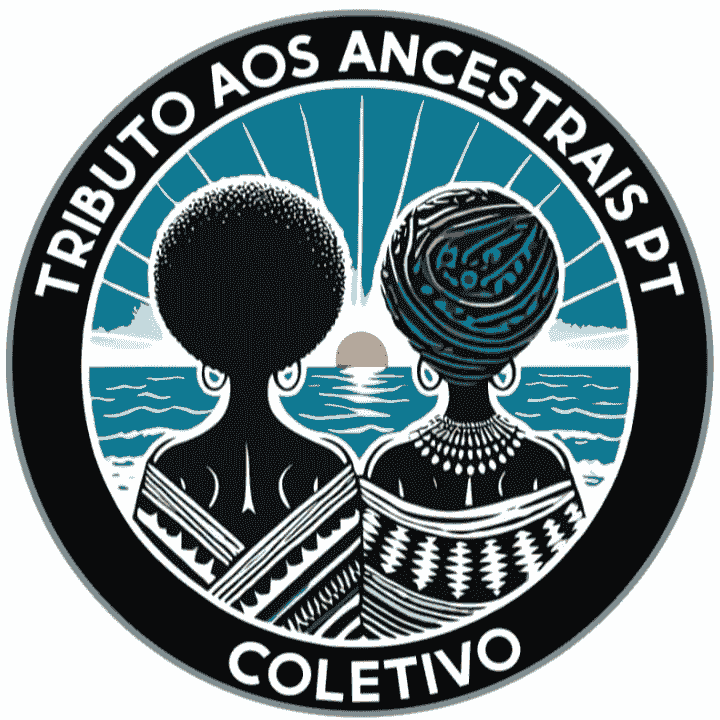
Coletivo Tributo aos Ancestrais PT

Djass - Associação de Afrodescendentes
https://djass.pt/

Empreitada Associação Cultural do Algarve
intagram page
Sign up for email updates
Please subscribe to this community email list to stay informed about updates regarding Valle da Gafaria and to become part of the community of care around the Lagos Ancestors.
Please send a message if you have any news to share or would like to suggests corrections to the content of this website.
last update:
Nov. 28th, 2025
Subscribe to our comminity newslettertostay up to date!
This website is hosted and maintained by Dr. Vicky M. Oelze.
Constructive feedback and general comments and questions can be send to:








